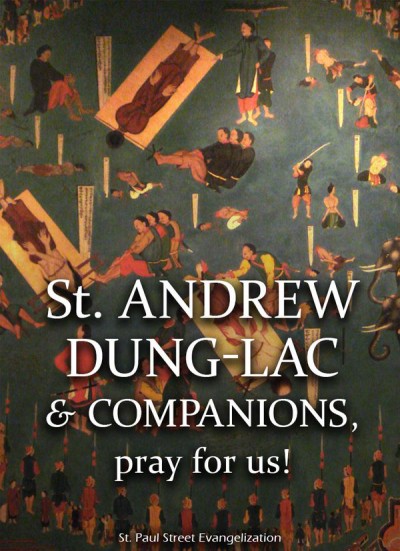 Pope Saint Clement I
Pope Saint Clement I
Image Courtesy: St. Paul Street Evangelization
(CNA) Born in Italy Rome, the details before Pope Saint Clement I before his conversion and even afterward are largely unknown. Some aspects of his writings have led scholars to believe the 4th Pope either came from a Jewish background or he had converted to Judaism earlier in life before his conversion to Christianity.
Tradition suggests that Clement I was the son of a Roman named Faustinus and that he joined the Church in Rome during its early years, through the ministry of St. Peter or St. Paul (Feast Day: 29 June) Clement I, went on to share in the missionary journeys of the Apostles of Christ and may even had assisted the first Pope in running the Church on a local level.
Following the death’s of St. Peter’s first two successors, the Canonized Pope’s St. Linus (Feast Day: 23 Sept) and St. Cletus (Feast Day: 26 April) Clement I, took up St. Peter’s position of primacy in the Church around the year 90 — One of his most important tasks during his 10 yrs as Pope was to resolve serious problems in the ‘Church of Corinth’ which St. Paul had struggled to discipline.
Clement I own letter to the Corinthians (though not part of the Biblical Canon) offers an important look at the role of authority and charity in the early Church.
“Charity unites us to God. There is nothing mean in charity, nothing arrogant. Charity knows no schism, does not rebel, does all things in concord. In charity, all the elect of God have been made perfect.” –Pope Saint Clement I –Catholic Saints.Info
It’s introduction suggests that Pope Clement I composed it while his own local church faced persecution from the Roman Emperor Domitian.
In the letter, Pope Clement I describes how the Corinthians had once been “distinguished by humility” being “in no respect puffed up with pride and more willing to give then to receive,” however in time, “the worthless rose up against the honored, those of no reputation against such as were renowned, the foolish against the wise, the young against those advanced in years.”
“Let us give up vain and fruitless cares and approach to the glorious and venerable rule of our holy calling,” Pope Clement I wrote in his call to repentance. “Let us attend to what is good, pleasing and acceptable in the sight of Him who formed us.”
Order and discipline Pope Clement I noted, are at least as important in the Church as they are in the rest of creation, where the powers of nature follow God’s decrees. — Pope Clement I, also warned the Corinthians to follow “those who cultivate peace with godliness,” rather than “those who hypocritically profess to desire it.”
The Church Pope Saint Clement I headed, was one that honored tradition and right order as fundamentals of its life.
“It behooves us all to do all things in order which the Lord has commanded us to perform at stated times,” Pope Clement I told the Corinthians. God he said, “has enjoined offerings and service to be performed…not thoughtlessly or irregularly but at the appointed times and hours.”
“Where and by whom (God) desires these things to be done, He Himself as fixed by His own Supreme will, in order that all things being piously done according to His good pleasure may be acceptable to Him.”
Pope Saint Clement I (the 4th Pope) own writings, reveal much about the early Church but little about his own life. According to one later account, he died (martyred in the year 101) while in exile during the reign of Emperor Trajan (98-117) who purportedly banished Pope Clement I, to Crimea (modern day Ukraine) and had him killed in retaliation for evangelizing the local population.
Related: For Today’s Bible Readings for the Memorial of Pope St. Clement I, Visit: -USCCB
 St Andrew The Apostle
St Andrew The Apostle
 Saint Saturninus -Image Courtesy: uCatholic
Saint Saturninus -Image Courtesy: uCatholic  St. Catherine Laboure (1806-1876)
St. Catherine Laboure (1806-1876)

 St. John Berchmans (1599-1621)
St. John Berchmans (1599-1621) St. Catherine of Alexandria (287-305)
St. Catherine of Alexandria (287-305) St. Andrew Dung-Lac
St. Andrew Dung-Lac Pope Saint Clement I
Pope Saint Clement I